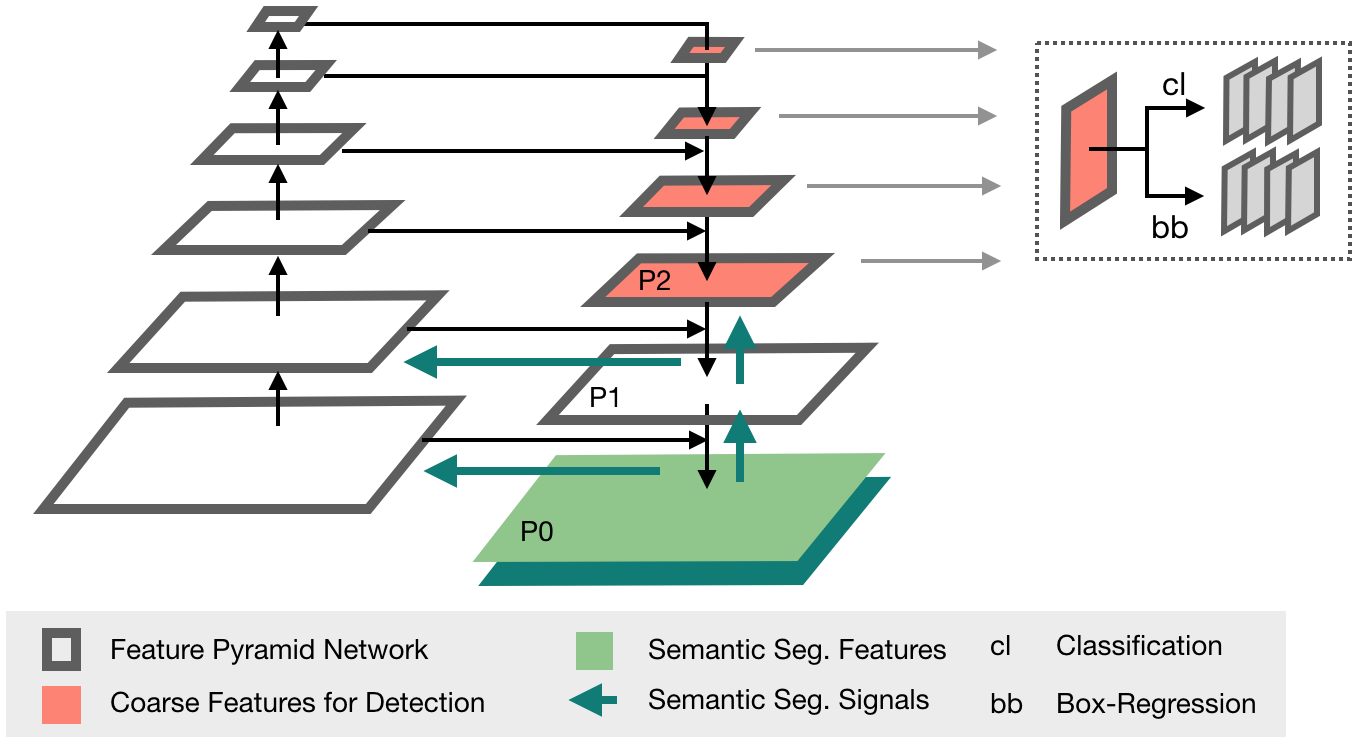NAS-HPO-Bench-II API
Overview
NAS-HPO-Bench-II is the first benchmark dataset for joint optimization of CNN and training HPs.
It helps
- a fair and low-cost evaluation/comparison of joint optimization (NAS+HPO) methods
- a detailed analysis of the relationship between architecture/training HPs and performances
Our experimental analysis supports the importance of joint optimization. Please see our paper for details.
This repo provides API for NAS-HPO-Bench-II to make benchmarking easy. You can query our data when evaluating models in the search process of AutoML methods instead of training the models at a high cost.
If you use the dataset, please cite:
@InProceedings{hirose2021bench,
title={{NAS-HPO-Bench-II}: A Benchmark Dataset on Joint Optimization of Convolutional Neural Network Architecture and Training Hyperparameters},
author={Hirose, Yoichi and Yoshinari, Nozomu and Shirakawa, Shinichi},
booktitle={Proceedings of the 13th Asian Conference on Machine Learning},
year={2021}
}
The code for training models is here.
Dataset Overview
The total size of the search space is 192K. The dataset includes
- the exact data of all the models in the search space for 12 epoch training
- the surrogate data predicting accuracies after 200 epoch training
Architecture Search Space
The overall CNN architecture is constructed by stacking cells represented as a directed acyclic graph (DAG). Each edge in the graph indicates one of the four operations.
- 3x3 convolution (ReLU activation, 3x3 convolution with stride 1, then batch normalization)
- 3x3 average pooling with stride 1
- Skip, which outputs the input tensor
- Zero, which outputs the zero tensor with the same dimension as the input
It is based on NAS-Bench-201 and the only difference is that we exclude the 1x1 convolution operation from the options.
Training HP Search Space
The combination of eight initial learning rates and six batch sizes are used.
| Hyperparameter | Options |
|---|---|
| Batch Size | 16, 32, 64, 128, 256, 512 |
| Learning Rate | 0.003125, 0.00625, 0.0125, 0.025, 0.05, 0.1, 0.2, 0.4 |
Installation
Run
pip install nashpobench2api
, and download the API dataset from Google Drive (93.7MB), then put the data in some directory (default: ./data). This API supports python >= 3.6 (and no external library dependencies).
If you want to run the codes in bench_algos, run pip install -r requirements.txt.
Getting Started
Create an API instance to get access to the dataset.
from nashpobench2api import NASHPOBench2API as API
api = API('/path/to/dataset')
You can get 12-epoch valid accuracy (%) and train+valid training cost (sec.) of the specified configuration.
acc, cost = api.query_by_key(
cellcode='0|10|210',
batch_size=256,
lr=0.1 )
Here, cellcode represents one of the architectures in the search space. As shown in the figure below, the numbers in the cellcode mean the type of operations, and the position of the numbers shows the edge '(A) | (B)(C) | (D)(E)(F)'.
In the querying process, the api instance remembers and shows the log (what you have queried). You can reduce the log if set verbose=False when initializing api.
When the querying process has finished, you can get the test accuracy of the configuration with the best valid accuracy in the queried configurations.
results = api.get_results()
results is a dictionary with the keys below.
| Key | Explanation |
|---|---|
| acc_trans | a transition of valid accuracies api have queried |
| key_trans | a transition of keys (=cellcode, lr, batch_size) api have queried |
| best_acc_trans | a transition of the best valid accuracies (%) api have queried |
| best_key_trans | a transition of the best keys (=cellcode, lr, batch_size) api have queried |
| total_cost_trans | a transition of train+valid costs (sec.) |
| final_accs | 12-epoch and 200-epoch test accuracies (%) of the key with the best valid accuracy api have queried |
You can reset what api have remebered, which is useful when multiple runs.
api.reset_log_data()
The examples of benchmarking codes are in the bench_algos directory. Especially, random_search.py is the simplest code and easy to understand (the core part is random_search()).
Work in Progress
- Upload the dataset as DataFrame for visualization/analysis.
- Upload codes for a surrogate model.
- Upload the trained models.







![[CVPR 2021] 'Searching by Generating: Flexible and Efficient One-Shot NAS with Architecture Generator'](https://github.com/eric8607242/SGNAS/raw/master/resource/SGNAS_framework.png)
